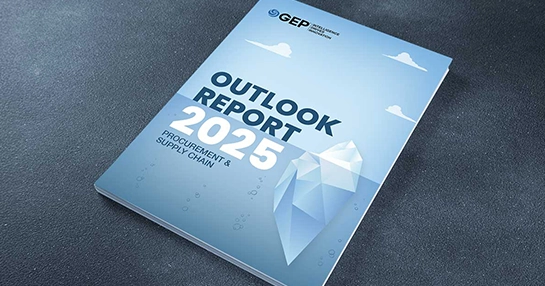
Facing Higher Tariffs? Build Supply Chain Resilience by Fixing Accounts Payable
- Investing in vendor relationships is critical in today’s uncertain economic and business environment.
- Automating core AP tasks, such as invoice processing and approval, simplifies operations and provides real-time visibility into payables.
- Automation also allows teams to do more with less and contribute to larger business goals.
May 20, 2025 | Accounts Payable 3 minutes read
How does your accounts payable (AP) team process invoices? Does it still rely on manual checks and lengthy approvals? How long does it take to process a single invoice?
Today, how your AP team functions can make or break your business, given the significance of having strong vendor relationships amid growing uncertainty in the business environment.
Smart businesses know their vendors are their most strategic asset in uncertain times. Tariffs or no tariffs, strong vendor relationships can ensure regular supply of raw material and business continuity.
The question now is: How do you maintain robust vendor relationships?
Here is where your AP processes come into the picture. You must streamline this overlooked yet crucial back-end function by following some best practices.
Best Practices to Transform Accounts Payable
• Automate processes
Many businesses may already have automated core AP tasks. But if you still haven’t, this is just the right time to do it. Eliminate manual data entry by automating purchase requisition, invoice capture, matching and approval, exception management, reconciliation and reporting. Automation simplifies daily operations and provides real-time visibility into payables. This helps the team manage cash flows effectively.
• Streamline approval workflows
Define workflow steps from requisition to payment and identify individuals responsible at different stages of approval. List potential exceptions to standard approvals for transactions that exceed a predefined value. Automation digitizes this workflow, enabling real-time tracking of requests. It implements predefined authorization rules to ensure only people with access permissions can approve purchases.
• Centralize vendor data
When vendor data is decentralized, teams cannot address spending issues, engage in strategic sourcing or negotiate effectively. Centralized data enhances visibility and allows teams to make well-informed decisions with full context. It brings all vendor information in one place, reducing the possibility of discrepancies.
• Set up anti-fraud measures
Include robust measures in the AP process to detect fraud and ensure financial integrity. Implement dual controls, segregation of duties and similar internal measures to boost security. Advanced tools can detect suspicious patterns and transaction anomalies while ensuring compliance with internal policies and regulatory requirements. Automated systems eliminate the chances of fraud with advanced security measures such as encryption, multi-factor authentication, vendor validation and audit trails.
• Go paperless
Eliminate paper invoices by digitizing the invoice-to-pay workflow. This reduces manual workload, enhances accuracy and allows teams to do more with less. Invoice management software, powered by AI and optical character recognition (OCR), automates invoice receiving, validation, processing and payment workflows.
• Build KPIs
If you don’t measure it, you can’t improve it. Set up measurable KPIs to assess the team’s performance. Consider tracking invoice cycle time and processing cost, discounts captured, electronic invoice percentage, payment accuracy and late payments.
• Restrict data access
Clearly define roles, responsibilities and access permissions within the team. Safeguard sensitive financial data by restricting information access to those who need it.
• Utilize discounts where available
Buyers don’t have complete visibility into purchasing trends, patterns and available discounts. They often proceed to buy without leveraging available discounts, which results in inefficient purchasing. AP software allows teams to gain full visibility into vendor offerings and discounted buying options. This results in cost-efficient buying and teams can utilize savings for strategic activities.
• Conduct reviews
Review AP processes at regular intervals to spot bottlenecks and inefficiencies. Monitor critical processes such as invoice processing, payment approval, vendor management, and cash flow forecasting. Utilize these process reviews to streamline workflows, reduce errors, and enhance vendor relationships.
Pay Them on Time Now
Making payments on time is key to building vendor relationships and navigating uncertain times. It can lead vendors to prioritize your business over others.
To make timely payments and implement the above-mentioned best practices, you need AP automation software – one that is intuitive, user-friendly and powered by AI. Plus, it should integrate with existing systems and data sources.



